Home>diy>Building & Construction>Why Do Construction Workers Wear Hard Hats
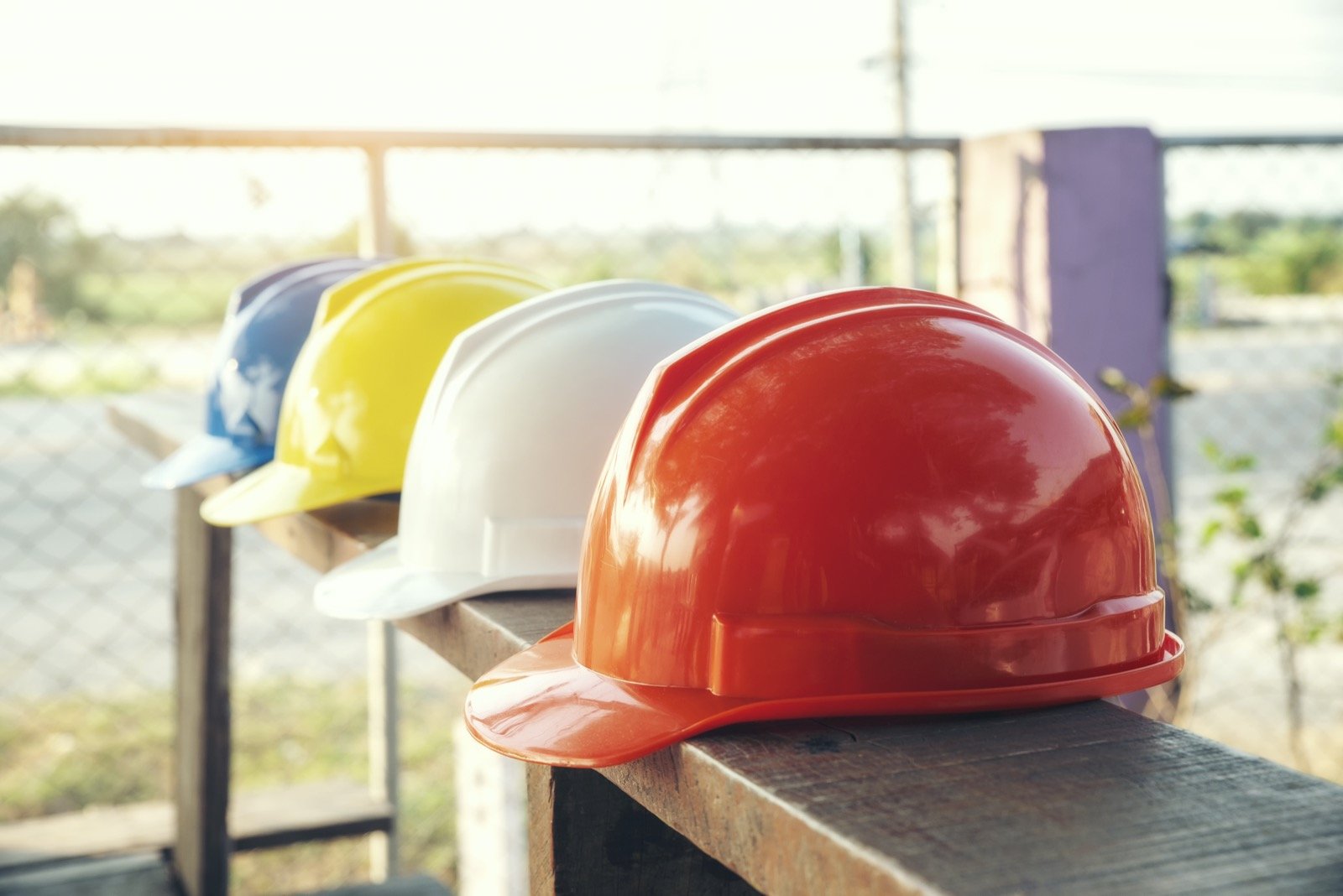

Building & Construction
Why Do Construction Workers Wear Hard Hats
Modified: January 18, 2024
Discover why construction workers wear hard hats on building construction sites. Protecting against falling objects and head injuries is essential in the construction industry.
(Many of the links in this article redirect to a specific reviewed product. Your purchase of these products through affiliate links helps to generate commission for Storables.com, at no extra cost. Learn more)
Introduction
In the bustling world of construction, safety is paramount. Construction sites are filled with potential hazards that can cause serious injuries or even fatalities if proper precautions are not taken. One of the most iconic symbols of construction safety is the hard hat. These headgear have become synonymous with the construction industry, and for good reason.
Hard hats are designed to protect workers from head injuries from falling objects, impacts, and other occupational hazards. They are a crucial piece of personal protective equipment (PPE) that every construction worker must wear on the job site.
But why exactly are hard hats so important in construction? This article will delve into the reasons behind the widespread use of hard hats, the safety regulations that mandate their use, the various types of hazards they mitigate, and the essential components that make them effective in protecting workers. Additionally, we will explore the different features and options available in modern hard hats and provide tips for choosing the right one based on individual needs and preferences.
Furthermore, we’ll discuss the crucial role that regular maintenance and inspections play in ensuring the ongoing effectiveness of hard hats. Lastly, we will debunk common misconceptions surrounding hard hats and their ability to safeguard workers.
So, if you’ve ever wondered why construction workers wear hard hats and want to learn more about this iconic safety gear, read on to discover everything you need to know about hard hats and their role in construction safety.
Key Takeaways:
- Hard hats are essential in construction, protecting workers from falling objects, impacts, and electrical hazards. They also serve as a visual reminder of safety culture, reducing the likelihood of accidents.
- Regular maintenance and inspections are crucial for ensuring the ongoing effectiveness of hard hats. Workers should prioritize safety by choosing the right hard hat, conducting routine checks, and promptly replacing damaged components.
Read more: What Do Construction Workers Wear
Importance of Hard Hats
Construction sites are dynamic environments with numerous hazards that can pose a threat to workers’ safety. It is a common sight to see construction workers donning hard hats as they go about their tasks, and for a good reason – hard hats are crucial in preventing head injuries and saving lives.
The primary function of a hard hat is to protect the wearer’s head from falling objects such as tools, debris, or materials. Construction sites are filled with potential hazards, and objects dropped from heights can cause severe injuries. A hard hat acts as a barrier, absorbing the impact and distributing the force to minimize the risk of head injuries.
Not only do hard hats protect against falling objects, but they also safeguard workers from impacts with stationary objects. Construction sites are filled with structures, equipment, and machinery, which can pose a risk of collision. Whether it’s bumping into a low beam or accidentally hitting the head against a protruding object, hard hats provide a cushion of protection, reducing the severity of injuries.
Another critical factor in the importance of hard hats is the prevention of electrical hazards. Construction sites often involve working near exposed electrical wires or in areas where electrical equipment is installed. In the event of an electrical fault or accidental contact with live wires, a properly insulated hard hat can act as a protective barrier, preventing electrocution or electric shock.
Besides physical protection, hard hats also serve as a visual reminder and a hallmark of safety culture. When workers see their colleagues wearing hard hats, it prompts them to be more conscious of potential hazards and encourages a proactive approach to safety. This creates a safer environment and reduces the likelihood of accidents.
Regulatory bodies, such as the Occupational Safety and Health Administration (OSHA) in the United States, recognize the importance of hard hats in construction safety. They have mandated the use of hard hats in various construction activities to ensure a safer work environment for employees.
In summary, the importance of hard hats cannot be overstated in the construction industry. They are essential in preventing head injuries from falling objects, impacts, and electrical hazards. Hard hats not only provide physical protection but also serve as a visual reminder of the importance of safety. By wearing hard hats, construction workers prioritize their well-being and contribute to a culture of safety on the job site.
Safety Regulations and Standards
Ensuring the safety of workers on construction sites is a top priority for regulatory bodies and industry organizations worldwide. To prevent accidents and minimize occupational hazards, safety regulations and standards have been established that mandate the use of personal protective equipment (PPE), including hard hats.
One of the most prominent regulatory bodies in the construction industry is the Occupational Safety and Health Administration (OSHA) in the United States. OSHA sets and enforces safety standards to protect workers from occupational hazards. According to OSHA, employers are required to provide hard hats to workers where there is a potential risk of head injuries from falling objects or electrical hazards.
Additionally, international organizations like the International Organization for Standardization (ISO) develop standards that guide the design, performance, and testing criteria for protective helmets used in various industries, including construction. These standards ensure that hard hats meet specific performance requirements, providing reliable protection to workers.
It is important for employers, contractors, and workers to familiarize themselves with the safety regulations and standards applicable in their region. By complying with these regulations, employers demonstrate their commitment to the well-being of their workforce and create a safe environment for all.
Furthermore, safety training programs and certifications play a crucial role in promoting adherence to safety regulations. Workers undergo training to understand the importance of PPE, including hard hats, and learn how to identify and mitigate hazards on construction sites. Training programs not only educate workers but also empower them to take an active role in maintaining their safety and the safety of their colleagues.
In summary, safety regulations and standards establish the framework for ensuring the use of proper protective equipment, including hard hats, on construction sites. Compliance with these regulations, coupled with ongoing safety training, contributes to a safer working environment, reduces the risk of accidents, and protects the well-being of workers.
Types of Hazards on Construction Sites
Construction sites are dynamic environments that present a wide range of hazards. It is essential for workers to be aware of these hazards to minimize risks and protect themselves. Here are some of the common types of hazards typically found on construction sites:
- Falling Objects: One of the most significant hazards on construction sites is the potential for falling objects. Tools, equipment, and construction materials can accidentally fall from heights, posing a serious risk to workers below. Hard hats provide protection against such hazards by mitigating the impact and reducing the likelihood of head injuries.
- Slippery Surfaces: Construction sites often involve uneven or slippery surfaces, especially during adverse weather conditions or when working with wet materials. These surfaces increase the risk of slips, trips, and falls, which can lead to head injuries. Hard hats provide an extra layer of protection against head impact in the event of a fall.
- Flying Debris: During construction activities such as cutting, grinding, or demolition, debris and particles can become airborne, posing a risk to workers’ eyes and face. In addition to safety goggles or face shields, hard hats with face shields or attachable visors can provide full-face protection against flying debris.
- Collisions: Construction sites are bustling with activity, and the potential for collisions is high. Workers can accidentally bump into structures, equipment, or other workers, resulting in head injuries. Hard hats act as a cushion, reducing the impact of such collisions.
- Electrical Hazards: Electrical installations and exposed electrical wires are common on construction sites. Workers may inadvertently come into contact with live wires or be exposed to electrical faults, leading to electric shock or electrocution. Hard hats, particularly those with electrical insulation, help protect against electrical hazards.
- Weather Conditions: Construction work is performed in various weather conditions, including extreme heat, cold, rain, or wind. These weather conditions can increase the risk of heatstroke, frostbite, hypothermia, or other weather-related health issues. Hard hats with built-in accessories like sunshields or winter liners can provide added comfort and protection in challenging weather conditions.
- Noise and Vibrations: Construction sites are often noisy environments with heavy machinery and power tools in operation. Prolonged exposure to loud noises can lead to hearing damage. Hard hats with integrated earmuffs or hearing protection attachments can help reduce the impact of noise on workers’ hearing.
It is important for construction workers to undergo proper training and follow safety protocols to identify and mitigate these hazards. By wearing a hard hat, workers can significantly reduce the risks associated with the hazards present on construction sites and protect their well-being.
Functions of Hard Hats
Hard hats serve multiple functions to ensure the safety and well-being of construction workers. These versatile headgear are designed to provide protection against various occupational hazards found on construction sites. Here are the primary functions of hard hats:
- Head Protection: The primary function of a hard hat is to protect the wearer’s head from potential injuries. Constructed with a hard outer shell made of durable materials like high-density polyethylene (HDPE) or polycarbonate, hard hats are designed to withstand impacts from falling objects, collisions, and other hazards.
- Shock Absorption: Hard hats are engineered with suspension systems that incorporate foam or webbing to absorb and distribute the force of impacts. This feature helps reduce the severity of head injuries by dissipating the energy of the impact across the surface of the hard hat, minimizing the impact on the skull.
- Electrical Insulation: Many hard hats are specifically designed to provide electrical insulation. They are constructed with additional layers of non-conductive materials, such as resin or thermoplastic, to protect workers against electrical shocks or arc flashes when working near live wires or in electrical hazard areas.
- Visibility Enhancement: Some hard hats are equipped with reflective materials or Hi-Vis colors to improve visibility in low-light conditions or to make workers more visible to others on the job site. This feature is especially important for workers working near moving vehicles or in high-traffic areas.
- Attachment Compatibility: Modern hard hats often have accessory slots or attachment points for additional equipment. These attachments can include face shields, earmuffs, safety goggles, or headlamps. The ability to add these accessories enhances the protection offered by the hard hat and ensures workers have the appropriate PPE for specific tasks.
- Cultural Significance: Hard hats have also become symbols of construction and are associated with a culture of safety. Seeing workers wearing hard hats serves as a visual reminder for individuals to prioritize safety and be mindful of their surroundings on the construction site.
- Compliance with Regulations: By wearing hard hats, workers comply with safety regulations and standards that are in place to protect them. This helps create a safer work environment and prevents accidents that can result in severe injuries or fatalities.
Overall, the functions of hard hats extend beyond just physical protection. They contribute to the overall safety culture, enhance visibility, and ensure compliance with regulations. By wearing a hard hat, construction workers prioritize their safety and well-being, mitigating the risks associated with various hazards encountered on the job site.
Components of Hard Hats
Hard hats consist of several components that work together to provide effective head protection. Understanding the different parts and their functions is important for both the proper use and maintenance of hard hats. Here are the key components of hard hats:
- Outer Shell: The outer shell of a hard hat is the rigid, protective layer that covers the head. It is typically made of impact-resistant materials like high-density polyethylene (HDPE) or polycarbonate. The outer shell provides the primary defense against falling objects, impacts, and other hazards.
- Suspension System: The suspension system is the inner part of the hard hat that sits against the wearer’s head. It consists of straps, bands, or webbing that hold the hard hat in place. The suspension system acts as a shock absorber, distributing the force of impacts and reducing the risk of head injuries.
- Headband: The headband is a key component of the suspension system. It is the part of the hard hat that comes into direct contact with the wearer’s head. The headband is often adjustable to ensure a secure and comfortable fit for different head sizes. It helps distribute the weight of the hard hat evenly and provides stability.
- Sweatband: Some hard hats feature a removable sweatband attached to the headband. The sweatband helps absorb sweat and moisture, improving comfort for the wearer during long hours of work. The sweatband can be easily replaced or cleaned for hygiene purposes.
- Chin Strap: In certain work environments or specific tasks, a chin strap may be attached to the hard hat to prevent it from falling off or being knocked off the wearer’s head. The chin strap secures the hard hat in place, especially in situations where there is a risk of strong winds, working at heights, or when using equipment with strong vibrations.
- Accessory Slots: Many modern hard hats have accessory slots on the sides, front, or back. These slots allow for the attachment of additional safety equipment such as face shields, earmuffs, or headlamps. This feature adds versatility to the hard hat and enhances its functionality, enabling workers to customize their PPE based on their specific needs.
- Retention System: The retention system refers to the mechanism or device that ensures the hard hat remains securely on the wearer’s head. It may include adjustable straps, ratchet systems, or quick-release buckles. The retention system allows for easy adjustment and ensures a snug and comfortable fit without compromising stability.
It is important to regularly inspect the components of a hard hat to ensure they are in good condition. Damaged or worn-out parts should be promptly replaced to maintain the effectiveness of the hard hat in protecting against potential hazards. By understanding the components of hard hats and their functions, workers can maximize the safety benefits provided by this essential piece of personal protective equipment.
Always wear a hard hat on a construction site to protect your head from falling objects and potential head injuries. It’s a crucial safety measure to prevent accidents.
Features and Options
Hard hats have evolved over the years, incorporating various features and options to enhance their functionality and improve user comfort. Manufacturers offer a wide range of choices to meet the diverse needs of construction workers. Here are some common features and options available in modern hard hats:
- Ventilation: Some hard hats are designed with ventilation holes or vents to promote airflow and reduce heat buildup. Ventilated hard hats help keep the wearer cool and comfortable, particularly in hot and humid environments.
- Adjustability: Many hard hats have adjustable components to provide a customized fit. These include adjustable suspension systems, headbands, and retention systems, allowing users to adapt the hard hat to their head size and shape for optimal comfort and stability.
- Hi-Vis Colors: High-visibility (Hi-Vis) hard hats are available in bright colors like yellow, orange, or lime green. These colors increase visibility on construction sites, making it easier for workers to be seen by their colleagues and reducing the risk of accidents, especially in low-light or high-traffic areas.
- Reflective Materials: Some hard hats feature reflective materials such as strips or decals. These reflective elements enhance visibility in low-light conditions or provide added visibility for workers who are near moving vehicles or machinery.
- Face Shields: Certain hard hats are designed with built-in face shields or attachable visors. These shield the face and eyes from flying debris, hazardous substances, or intense light and UV radiation. Face shields provide comprehensive protection without the need for separate eye protection.
- Hearing Protection: Hard hats with integrated earmuffs or attachment points for earmuff accessories are available. These provide hearing protection by reducing the level of noise exposure on construction sites, ensuring workers’ safety and well-being.
- Accessory Compatibility: Many hard hats now come with accessory slots or attachment points that allow for the attachment of various safety equipment. These accessories include earmuffs, chin straps, welding shields, or headlamps, providing versatile and customizable options to meet specific job requirements.
- Customization: Some manufacturers offer the option to customize hard hats with company logos, names, or other personalized elements. This not only promotes brand awareness but also fosters a sense of pride and ownership among workers.
- Specialized Use: There are hard hats available that cater to specific needs and hazards. For example, there are hard hats with built-in impact sensors or communication systems for enhanced safety monitoring or improved communication between workers.
When choosing a hard hat, it is important to consider the specific requirements of the job, the potential hazards on the work site, and the comfort needs of the wearer. Evaluating the features and options available allows workers to select the most suitable hard hat for their specific circumstances, ensuring the highest level of protection and comfort.
Choosing the Right Hard Hat
Choosing the right hard hat is crucial to ensure proper protection and comfort on construction sites. Here are some key factors to consider when selecting a hard hat:
- Safety Standards: Ensure that the hard hat meets the required safety standards and regulations in your region. Look for certifications such as ANSI/ISEA or EN standards, which guarantee that the hard hat has undergone rigorous testing for impact resistance and electrical insulation.
- Type of Protection: Assess the specific hazards present in your work environment. Consider whether you need protection against falling objects, electrical conductivity, or other specific risks. Choose a hard hat with the appropriate features and certifications to provide the necessary protection for your job.
- Fit and Comfort: Opt for a hard hat that offers a comfortable and secure fit. Look for adjustable suspension systems, headbands, and retention mechanisms to ensure a snug fit without causing discomfort or pressure points. Consider the weight and balance of the hard hat to minimize strain during extended periods of wear.
- Size: Hard hats come in different sizes to accommodate various head dimensions. It is essential to choose the right size to ensure optimal protection. Measure your head circumference and refer to the manufacturer’s sizing chart to select the appropriate size.
- Climate Considerations: Take into account the climate conditions of your work environment. If you work in hot and humid conditions, consider a hard hat with ventilation or moisture-wicking sweatbands. In cold weather, opt for a hard hat that accommodates a winter liner for added warmth.
- Visibility: Evaluate the visibility requirements of your job. If you work in low-light conditions or high-traffic areas, consider a hard hat with reflective materials or Hi-Vis colors to enhance visibility and ensure others can easily spot you.
- Accessory Compatibility: Assess the need for additional safety equipment, such as face shields, earmuffs, or headlamps. Choose a hard hat with accessory slots or attachment points that allow for easy integration of these accessories.
- Durability and Maintenance: Consider the durability and maintenance requirements of the hard hat. Look for hard hats made from robust materials that can withstand the demands of your work environment. Check if the components, such as sweatbands or suspension systems, are replaceable or easily maintained.
- Budget: Set a budget that balances your needs with the quality and features of the hard hats available. Remember, prioritizing safety and comfort is essential, so consider investing in a high-quality hard hat that meets your requirements.
Taking these factors into account will enable you to choose a hard hat that provides the necessary protection, comfort, and functionality for your specific work environment. Regularly inspect and replace your hard hat if any damage occurs or if it no longer meets the required safety standards. Your hard hat is your first line of defense, so it is essential to select and maintain it properly to ensure your safety on construction sites.
Maintaining and Inspecting Hard Hats
Maintaining and inspecting your hard hat is crucial to ensure its ongoing effectiveness in providing protection on the construction site. Regular care and inspections can help identify any signs of damage or wear and ensure that the hard hat remains in optimal condition. Here are some essential maintenance and inspection guidelines to follow:
- Cleaning: Clean your hard hat regularly to remove dirt, debris, or any substances that may compromise its integrity. Use mild soap and water, avoiding harsh chemicals that can degrade the materials. Rinse thoroughly and allow it to air dry before use.
- Storage: Store your hard hat in a cool, dry place when not in use. Avoid exposing it to extreme temperatures or direct sunlight for prolonged periods, as this can weaken the materials over time.
- Replace Damaged Parts: Inspect your hard hat for any signs of damage, such as cracks, dents, or deformation. If you notice any damage, replace the hard hat or the damaged components immediately. Most manufacturers offer replacement parts, including suspension systems or headbands, which can be easily swapped out.
- Suspension System: Regularly inspect the suspension system for signs of wear or stretching. Check for loose or frayed straps, worn-out webbing, or broken adjustment mechanisms. If the suspension system shows any signs of damage, replace it to maintain a secure and comfortable fit.
- Sweatband: If your hard hat has a sweatband, inspect it for wear or damage. Replace the sweatband if it becomes worn-out or if it no longer provides adequate sweat absorption.
- Visibility Features: If your hard hat has reflective materials or Hi-Vis colors, ensure that they remain intact and visible. Replace any faded or worn-out reflective elements to maintain high visibility on the construction site.
- Check Labels and Certifications: Regularly check the labels and certifications on your hard hat to ensure they are up to date and valid. Verify that the hard hat complies with the necessary safety standards and regulations.
- Regular Inspections: Conduct routine visual inspections of your hard hat prior to each use. Look for any signs of wear, damage, or deterioration. Inspect the outer shell, suspension system, headband, and any attachments or accessories for any issues that may compromise the integrity of the hard hat.
- Impact Inspections: If your hard hat has been subjected to a significant impact or dropped from a height, it is essential to replace it, even if no visible damage is apparent. Hard hats are designed to absorb a single impact, and any subsequent impacts can compromise their effectiveness.
Remember, it is crucial to follow the manufacturer’s guidelines for maintenance and inspection specific to your hard hat model. By regularly maintaining and inspecting your hard hat, you can ensure its ongoing reliability and effectiveness in protecting you from potential hazards on the construction site. Prioritize your safety by replacing any damaged or worn-out components promptly, as your hard hat is your essential personal protective equipment.
Common Misconceptions about Hard Hats
While hard hats are widely recognized as essential safety gear in the construction industry, there are still some common misconceptions surrounding their purpose and effectiveness. It is important to address these misconceptions to ensure that workers have accurate information about hard hats. Here are some common misconceptions:
- Hard Hats Are Indestructible: Despite their sturdy construction, hard hats are not indestructible. They are designed to withstand impacts from falling objects and other hazards, but they do have limitations. Hard hats can become damaged or weakened over time, especially if subjected to repeated impacts or exposure to harsh conditions. Regular inspection and replacement of damaged hard hats are essential to maintain their effectiveness.
- Hard Hats Provide Full Body Protection: While hard hats protect the head, it is important to remember that they do not provide complete body protection. They are designed to safeguard against head injuries from falling objects, impacts, or electrical hazards. Other personal protective equipment (PPE) such as safety goggles, gloves, and safety boots should be worn to protect other parts of the body.
- One Size Fits All: Hard hats come in various sizes to accommodate different head sizes and shapes. It is crucial to choose the right size to ensure a secure and comfortable fit. Wearing a hard hat that is too loose or too tight can compromise its effectiveness and jeopardize the protection it offers. Measure your head circumference and refer to the manufacturer’s sizing guide to select the appropriate size.
- Hard Hats Last Forever: Contrary to popular belief, hard hats have a limited lifespan. Manufacturers typically recommend replacing hard hats every five years, regardless of their physical appearance or visible damage. Exposure to sunlight, chemicals, extreme temperatures, and regular wear and tear can degrade the materials, compromising the structural integrity of the hard hat.
- Hard Hats Are Only for Construction Workers: While hard hats are commonly associated with construction work, they are also necessary in various other industries such as manufacturing, oil and gas, utilities, and mining. Any work environment that poses risks of falling objects, impacts, or electrical hazards necessitates the use of hard hats.
- Decals and Stickers Make Hard Hats Weaker: It is a common belief that adding stickers, decals, or personal adornments to hard hats weakens their protective capabilities. However, when applied properly, stickers and decals do not compromise the structural integrity of the hard hat. It is important to ensure that the stickers do not cover important information or damage the hard hat’s surface.
- Hard Hats Are Uncomfortable to Wear: While it is true that hard hats can be perceived as uncomfortable by some, modern designs incorporate features aimed at enhancing comfort. Adjustable suspension systems, moisture-wicking sweatbands, and ventilation options help improve the fit and reduce discomfort associated with prolonged wear. It is advisable to try different models and sizes to find a hard hat that offers the best combination of comfort and protection.
By addressing these misconceptions and providing accurate information, workers can better understand the purpose and limitations of hard hats. Adhering to proper usage, maintenance, and replacement guidelines ensures that hard hats continue to serve their intended purpose in protecting workers from potential hazards on the job site.
Conclusion
Hard hats play a crucial role in ensuring the safety and well-being of construction workers. These iconic headgear protect against potential hazards such as falling objects, impacts, and electrical shocks. By providing a barrier and absorbing the force of impacts, hard hats significantly reduce the risk of head injuries and save lives on construction sites.
Throughout this article, we have explored the importance of hard hats in construction, the safety regulations and standards that mandate their use, and the various types of hazards they protect against. We have also discussed the functions, components, and features of hard hats, as well as the considerations for choosing the right one.
Furthermore, we have highlighted the significance of maintaining and inspecting hard hats regularly to ensure their ongoing effectiveness. By following proper care and inspection practices, workers can identify damage or wear and replace any compromised components promptly, maintaining the hard hat’s reliability and protection.
It is essential to address common misconceptions surrounding hard hats, such as their indestructibility or their ability to provide full-body protection. By dispelling these misconceptions, workers can better understand the limitations and intended functions of hard hats, enabling them to use this essential piece of personal protective equipment effectively.
In conclusion, hard hats are indispensable in the construction industry, serving as a vital safeguard against head injuries and occupational hazards. Workers should prioritize their safety by wearing the appropriate hard hat, maintaining it properly, and adhering to safety regulations and standards. Choosing the right hard hat, conducting regular inspections, and replacing damaged parts are fundamental practices that ensure the ongoing protection and well-being of construction workers.
By understanding the importance of hard hats, dispelling misconceptions, and promoting a culture of safety, we can create safer construction sites, reduce accidents and injuries, and protect the individuals who build our world.
Frequently Asked Questions about Why Do Construction Workers Wear Hard Hats
Was this page helpful?
At Storables.com, we guarantee accurate and reliable information. Our content, validated by Expert Board Contributors, is crafted following stringent Editorial Policies. We're committed to providing you with well-researched, expert-backed insights for all your informational needs.
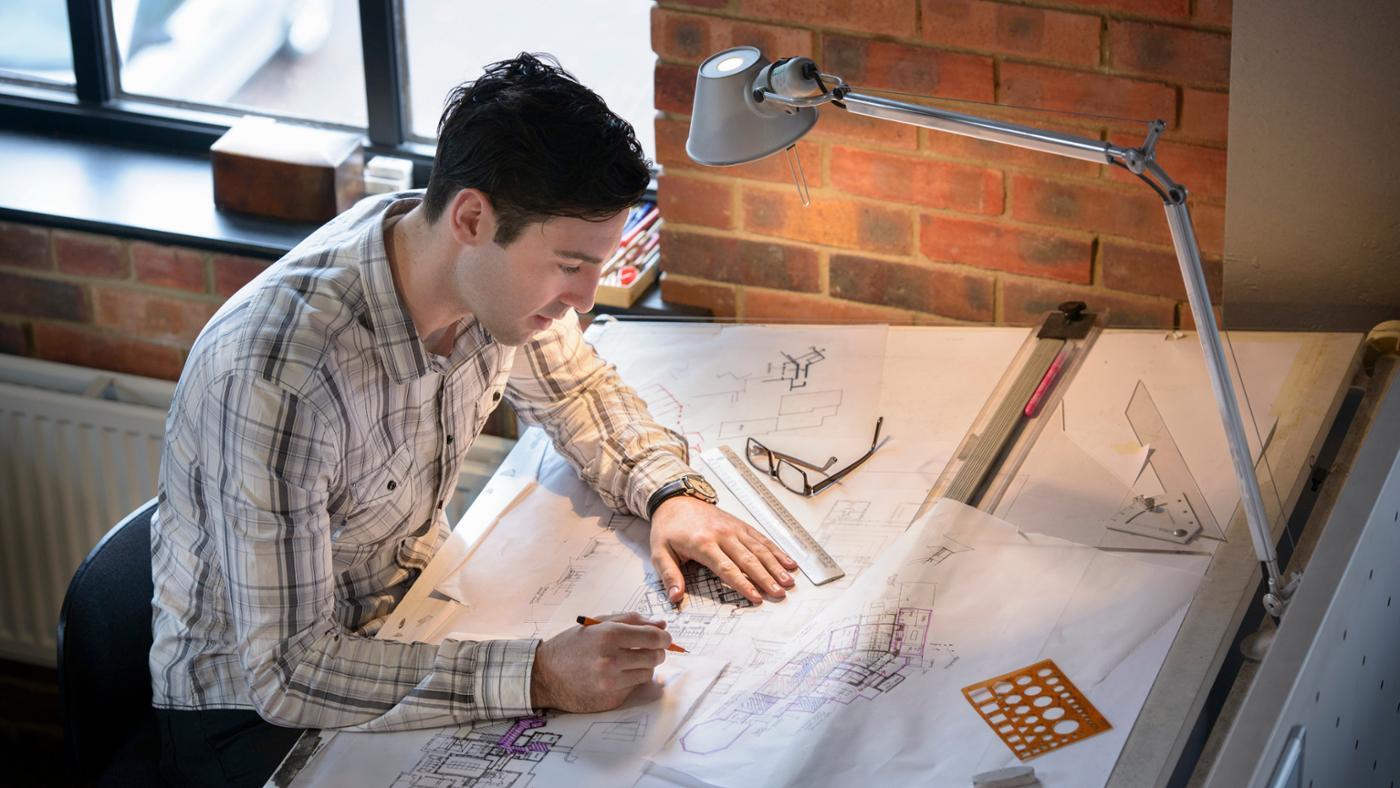
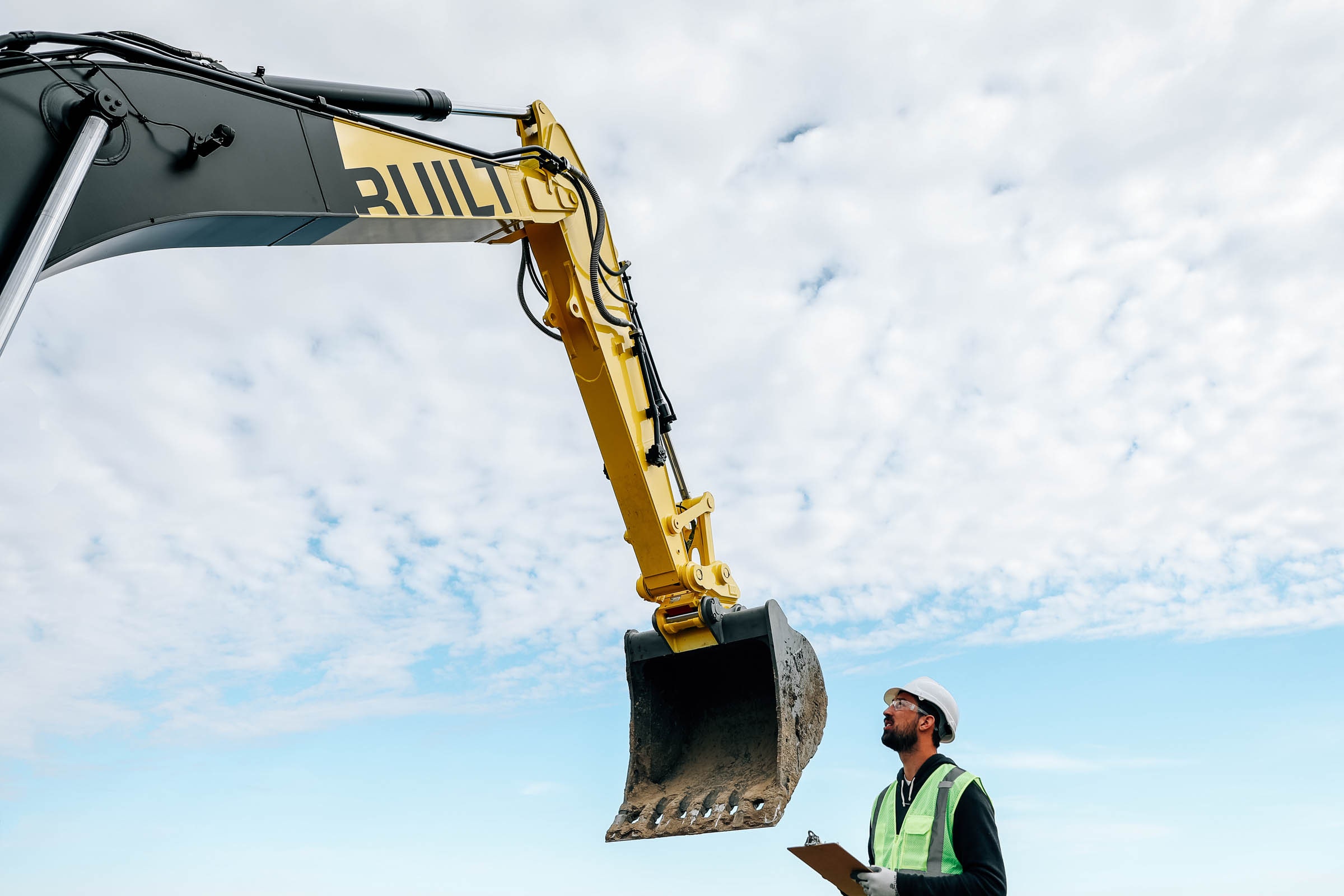
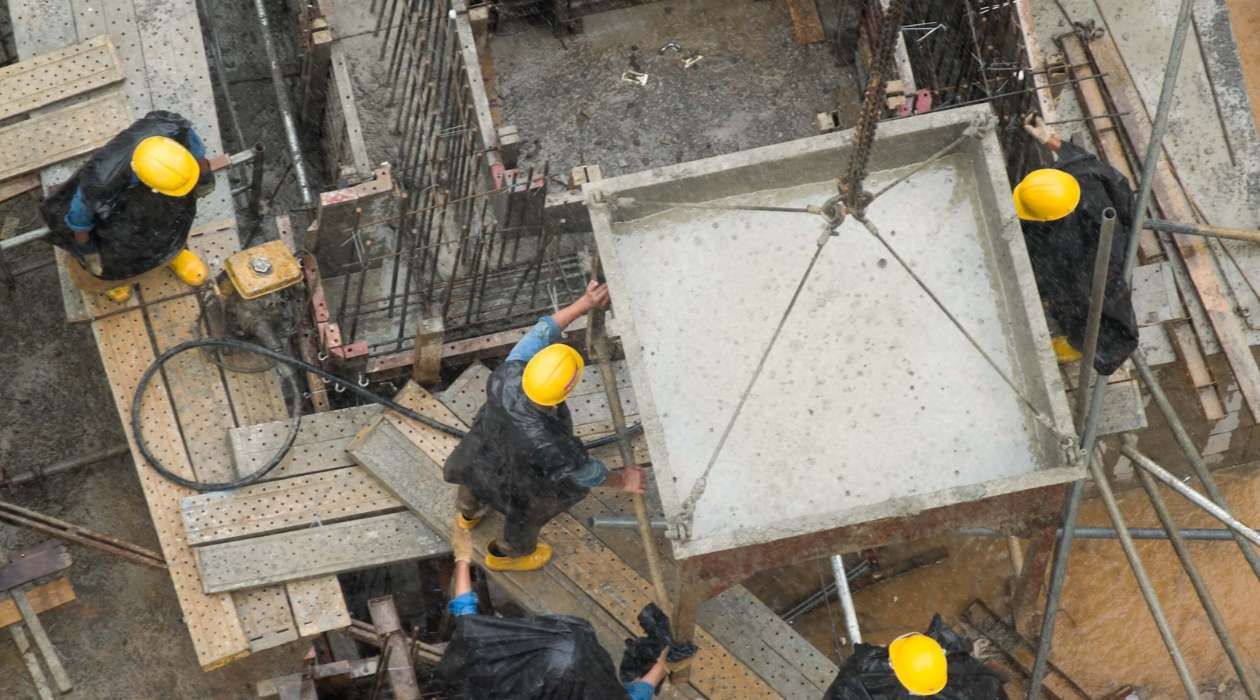
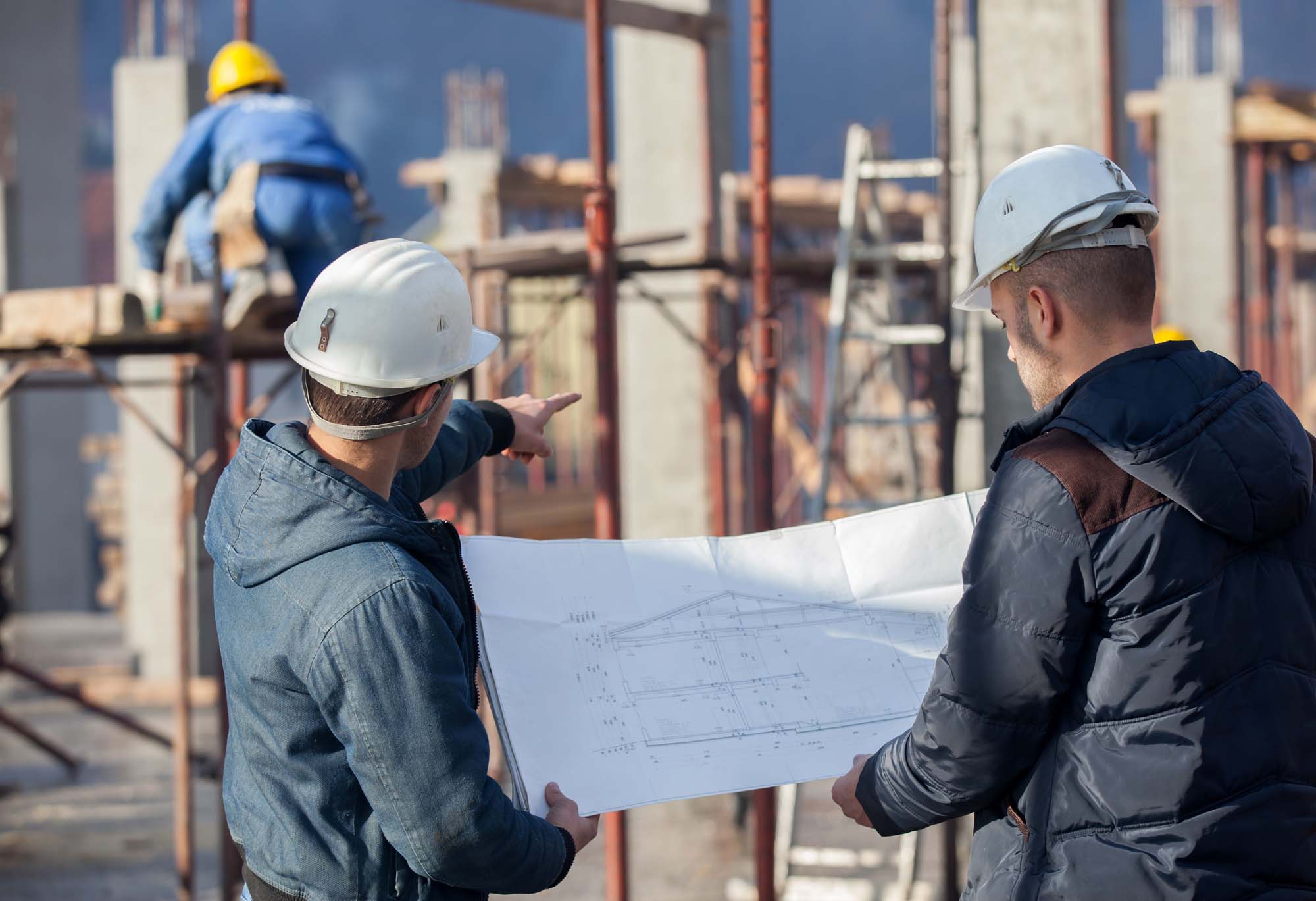
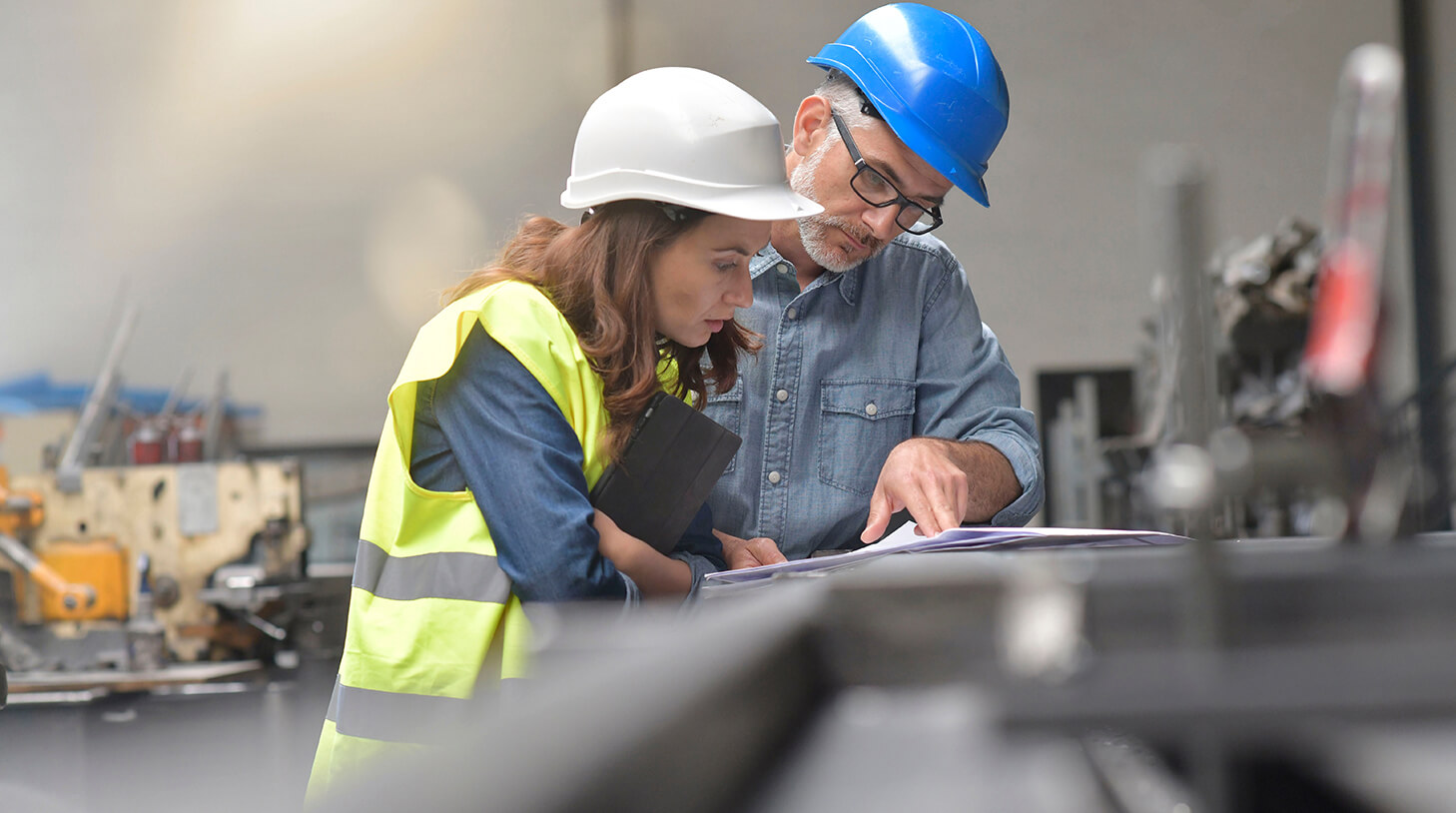
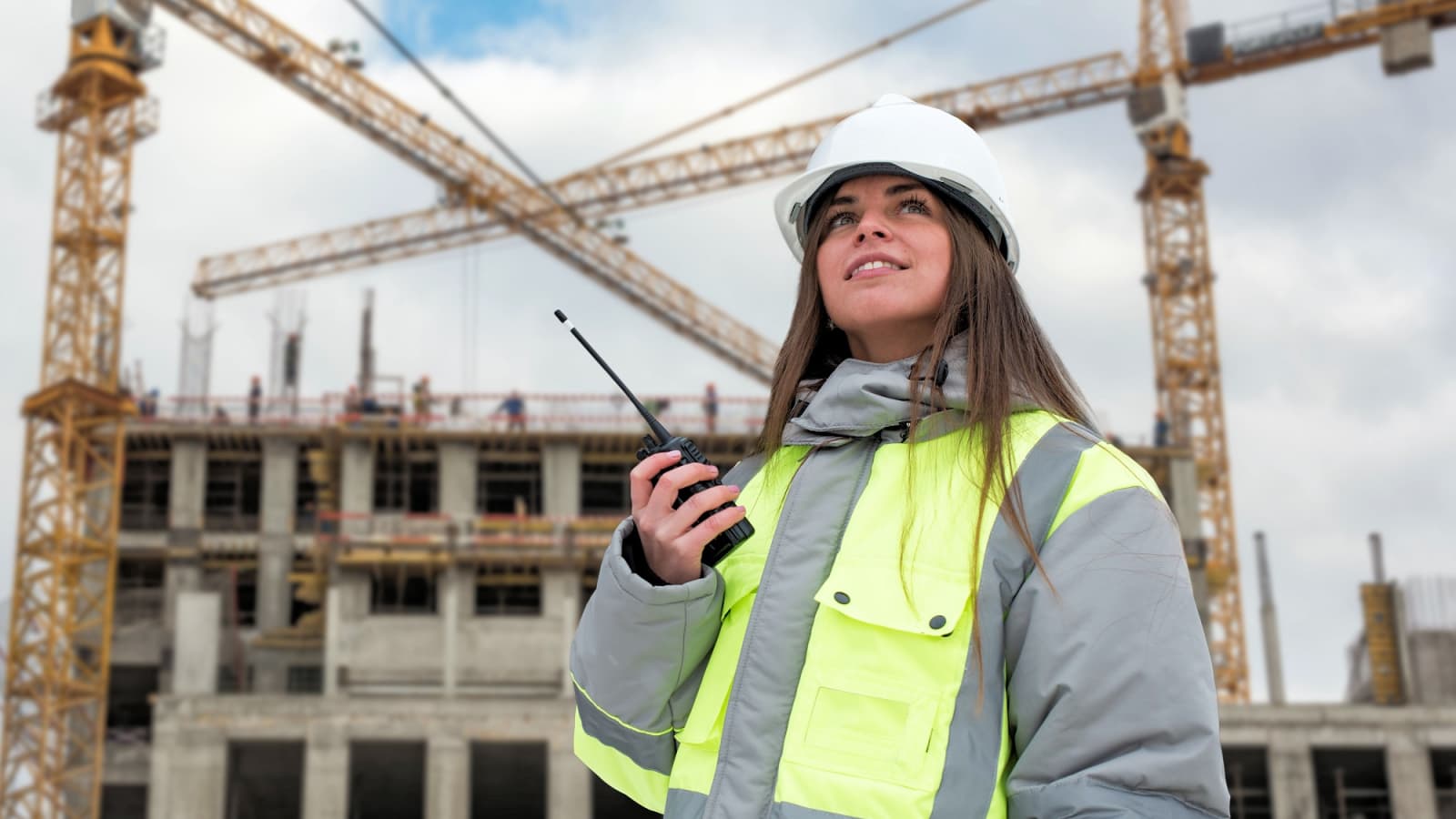

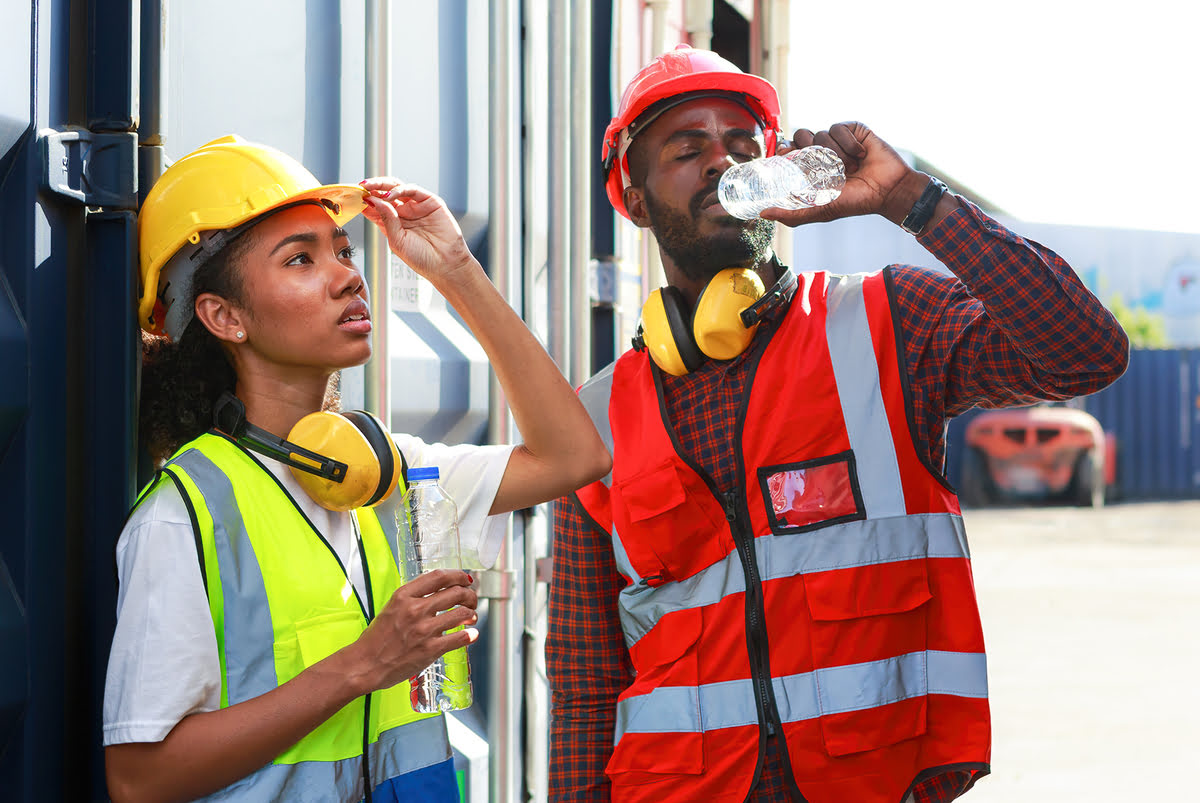
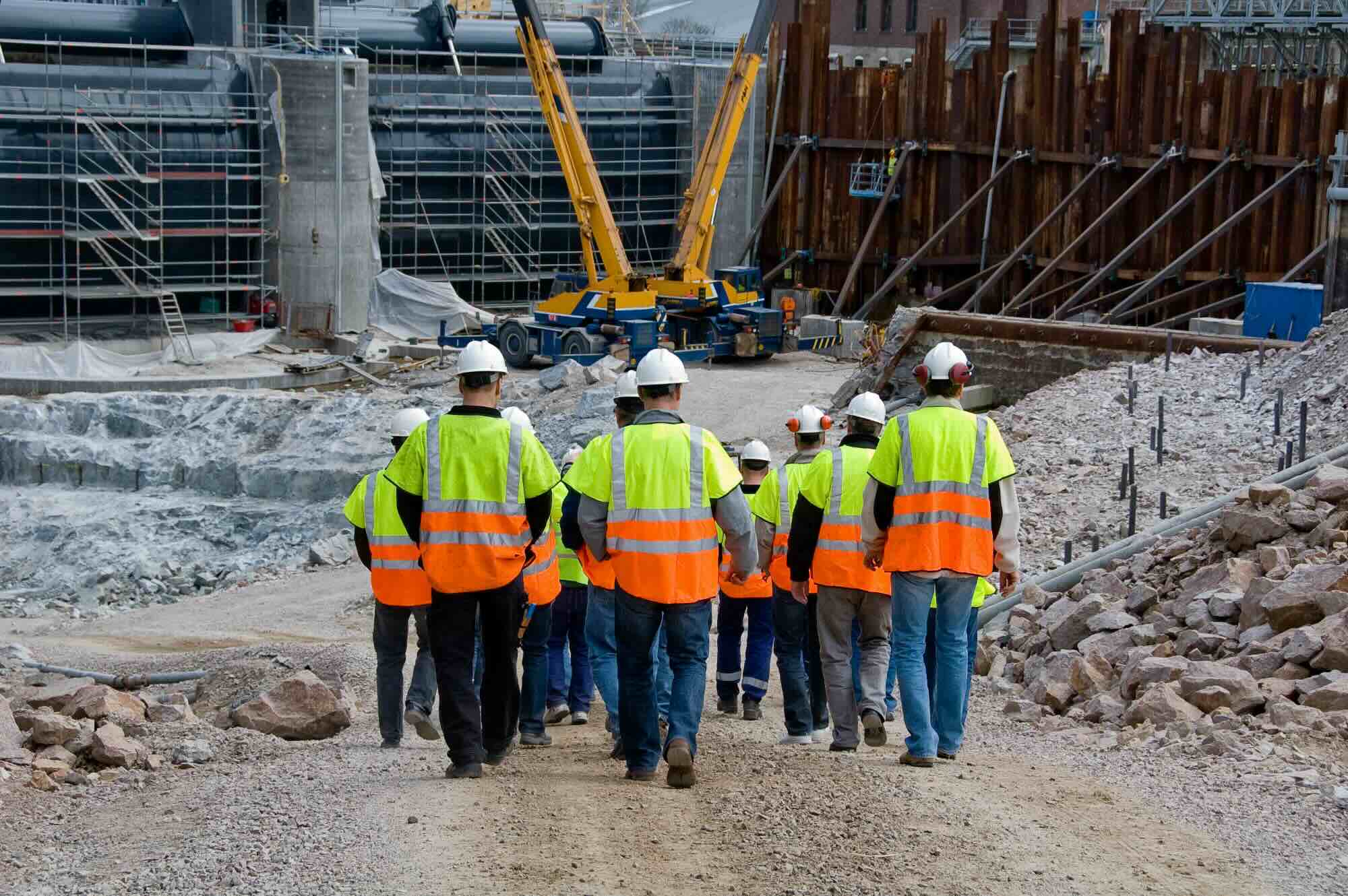
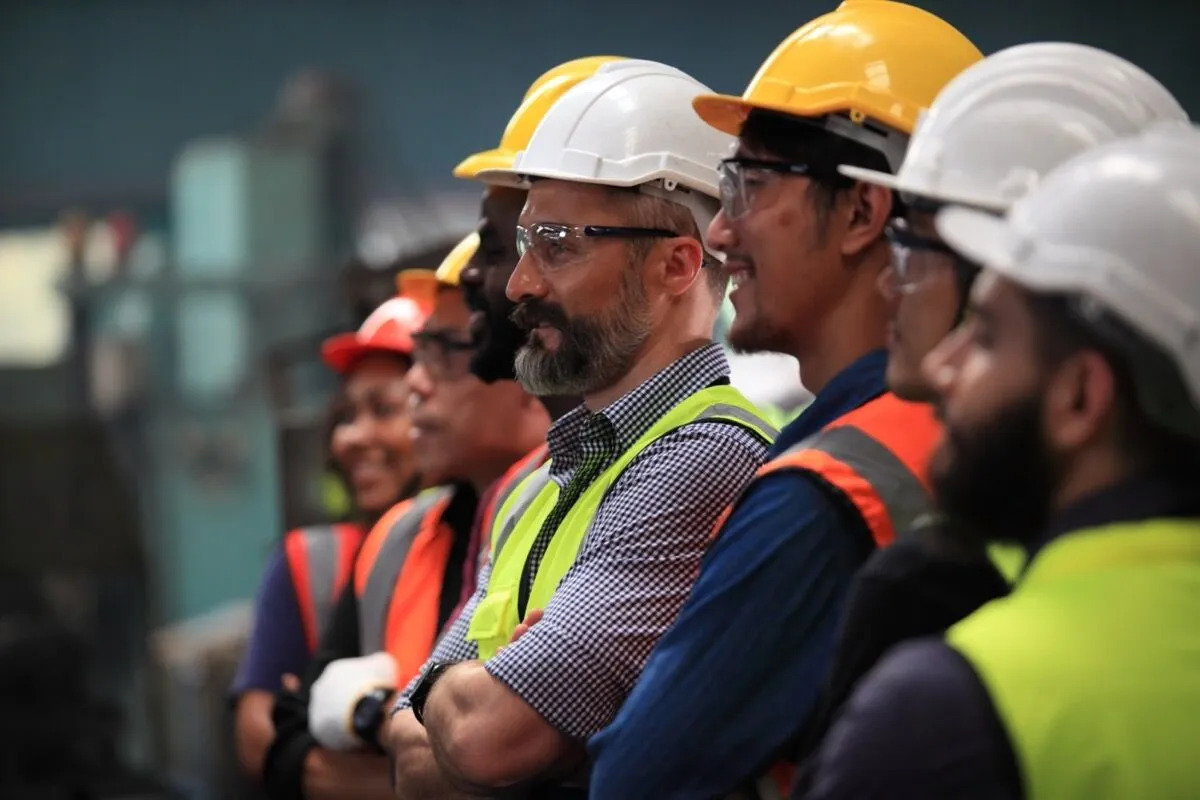

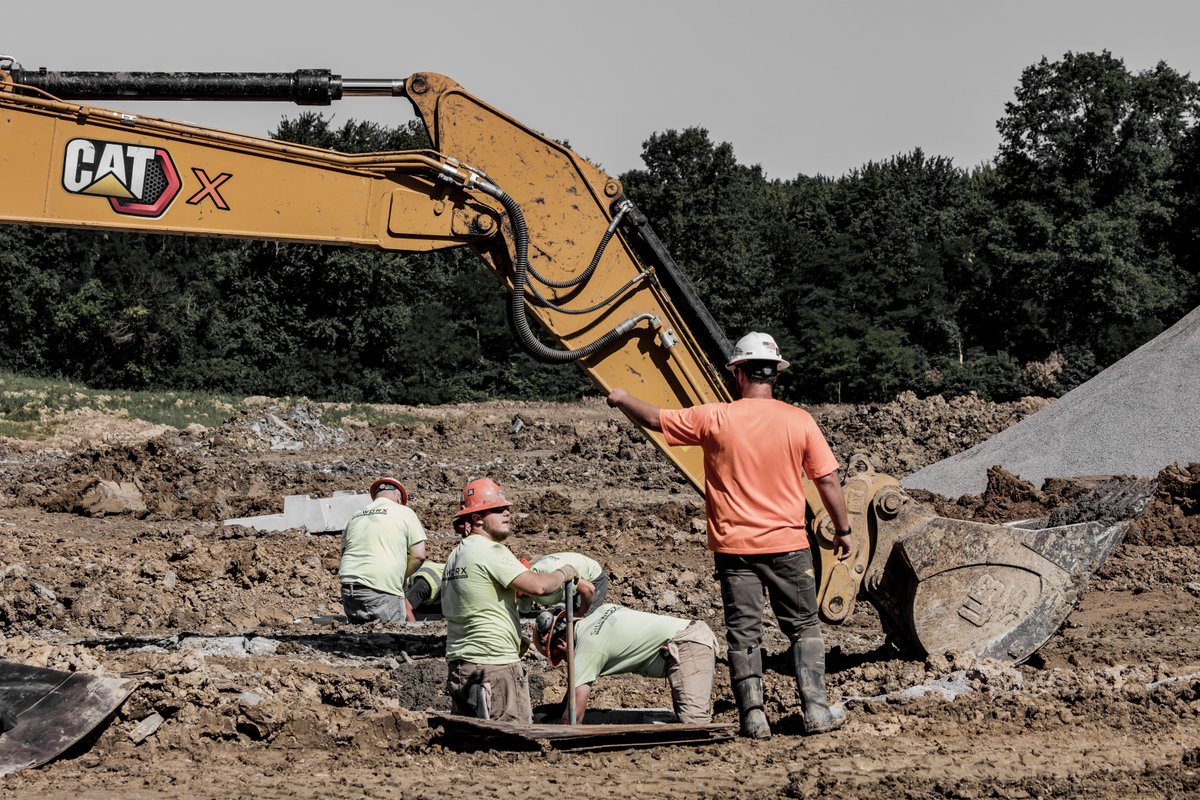
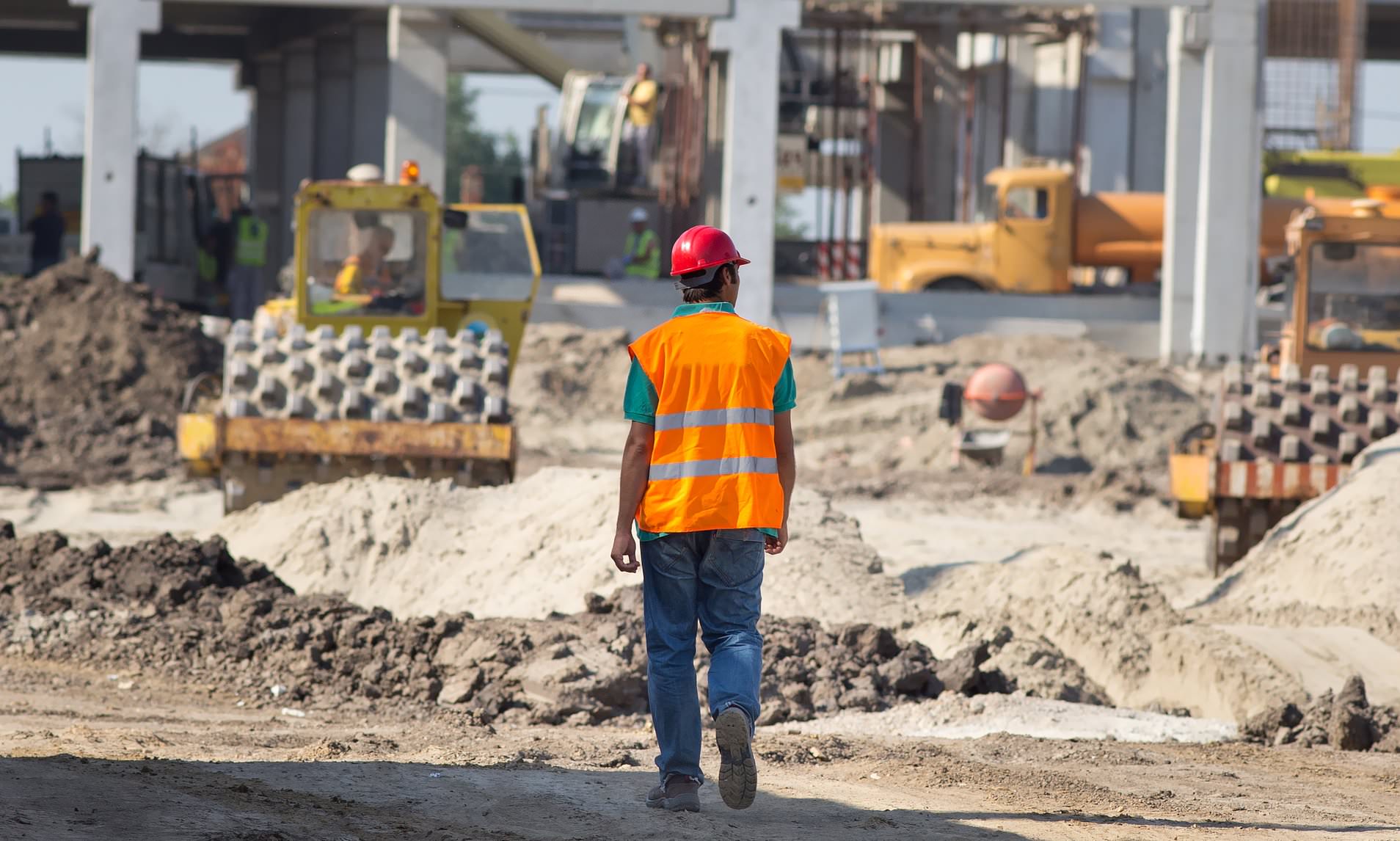

0 thoughts on “Why Do Construction Workers Wear Hard Hats”